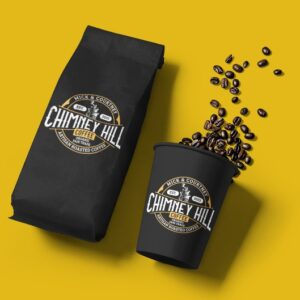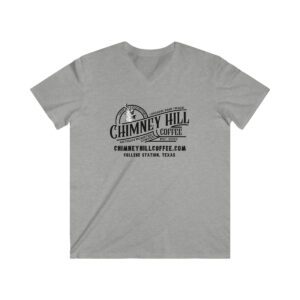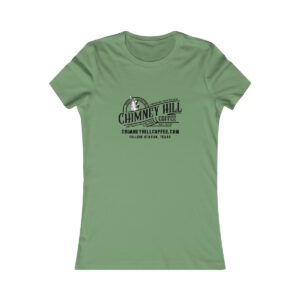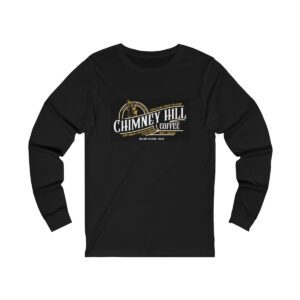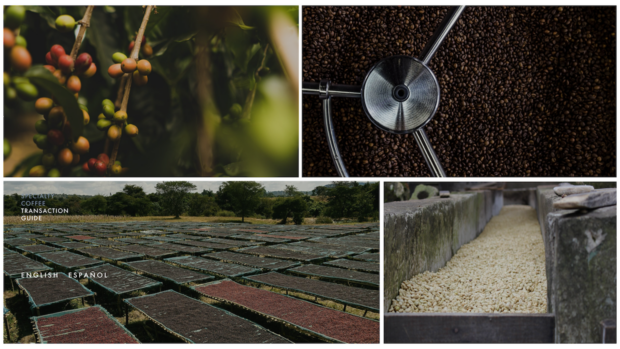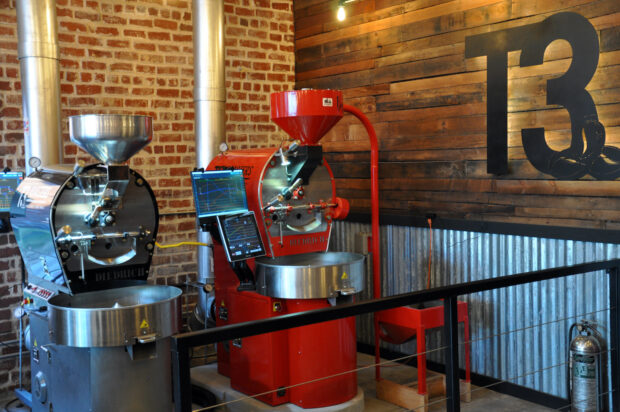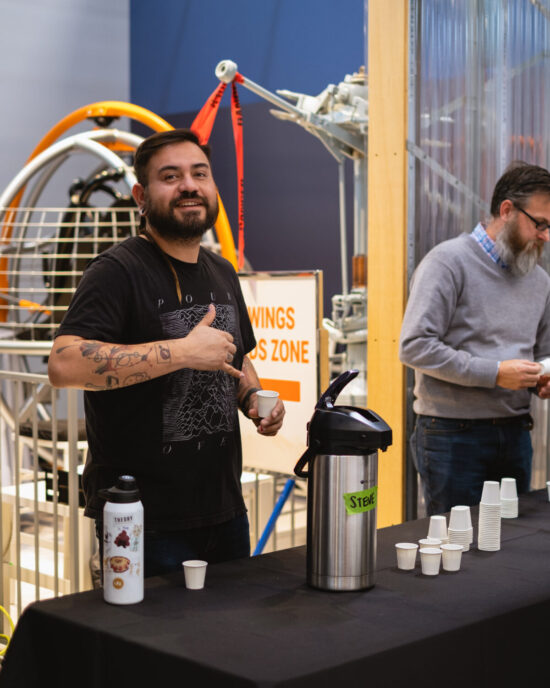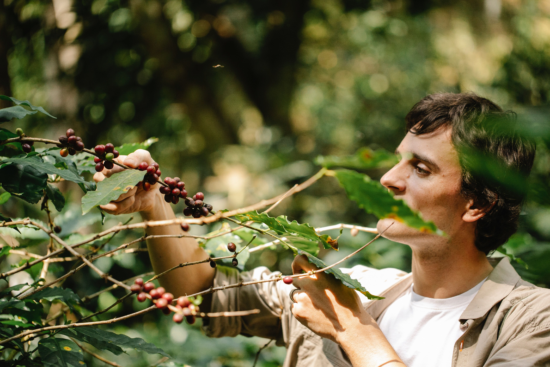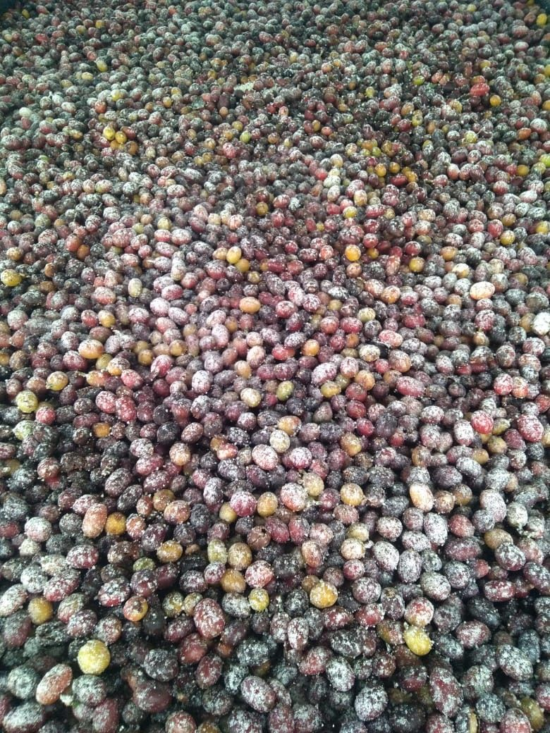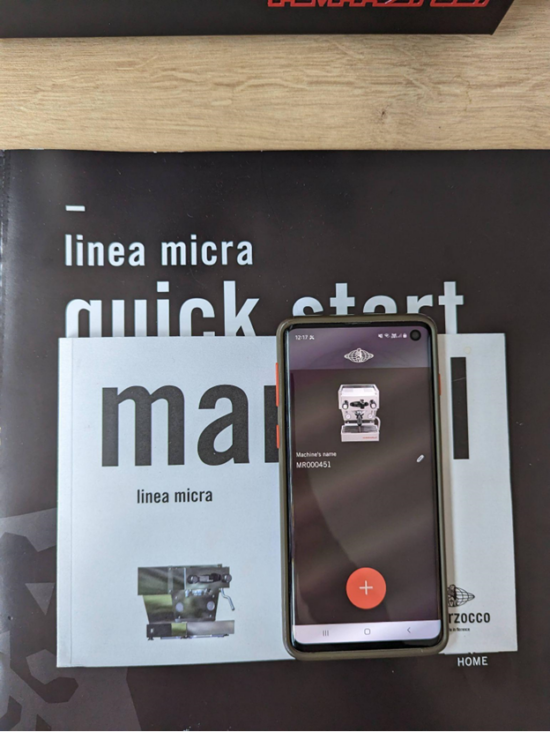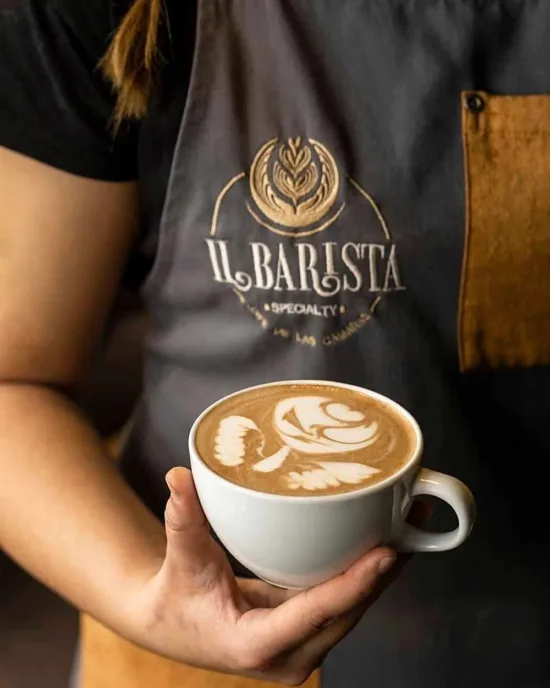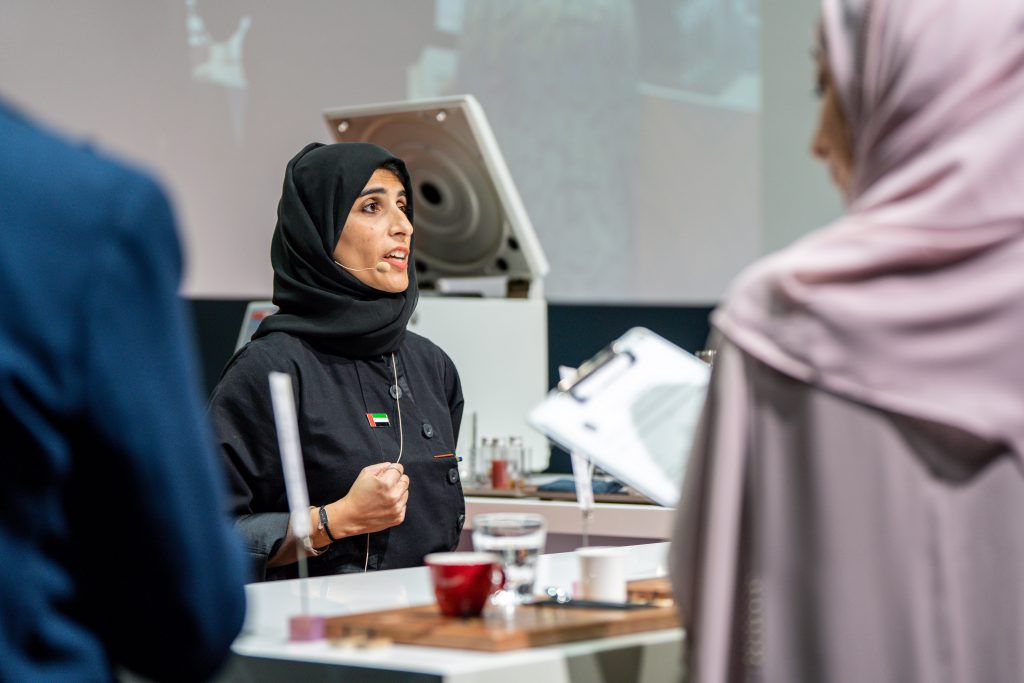The most affordable Keurig coffee maker is available exclusively at Walmart and comes at a sweet price of only $59.00. In this article, you’ll find out how good it really is, and also find additional information like how to clean it, or do you need a water...
Which types of coffee capsules are the most popular?
Which types of coffee capsules are the most popular?
Which types of coffee capsules are the most popular?
Which types of coffee capsules are the most popular?
Which types of coffee capsules are the most popular?
Which types of coffee capsules are the most popular?
Quick French Press Iced Coffee (No, It’s Not Cold Brew)
This is the absolute fastest way to make French press iced coffee. Just forget about cold brew concentrate – with this Quick French Press Iced Coffee Recipe you can have your iced coffee ready in 5 – 6 minutes. Who doesn’t like the French press?! It’s...
Here’s How to Change Keurig 2.0 Water Filter Easily
Not sure how to change Keurig 2.0 water filter? Here are step-by-step instructions that will help you do it quickly and easily. Keurig water filter should be changed every 2 months or 60 tank refills. The water filter is located inside the water tank, on the valve at...
The coffee rose for assessing Anaerobic coffee
I just came across this really neat tool to assess anaerobic coffees. I haven't used it for cupping yet. I'm not sure I will like it either because the idea of lowering the score of the coffee just because it tastes has some thyme flavors. At the same time I...
Three US Coffee Championship Events Are Heading To Rancho Cucamonga
This article is from the coffee website Sprudge at http://sprudge.com. This is the RSS feed version. The 2024 US Barista Championship, Brewers Cup, and Cup Tasters will take place March 15-17 at Klatch Coffee Roasters in Rancho Cucamonga, California.
The Origin Story of Turtle Island Coffee in Vancouver, B.C.
A new Indigenous-owned coffee company based in Vancouver, British Columbia, called Turtle Island Coffee has launched with the goal of exposing more people to high quality specialty coffee and Indigenous...
Get Ready for The Barista League’s 2024 Season
The Barista League has announced 12 competitions across four continents. BY J. MARIE CARLANBARISTA MAGAZINE ONLINE Photos courtesy of The Barista League When The Barista…
Get Ready for The Barista League’s 2024 Season
The Barista League has announced 12 competitions across four continents. BY J. MARIE CARLANBARISTA MAGAZINE ONLINE Photos courtesy of The Barista League When The Barista…
Get Ready for The Barista League’s 2024 Season
The Barista League has announced 12 competitions across four continents. BY J. MARIE CARLANBARISTA MAGAZINE ONLINE Photos courtesy of The Barista League When The Barista League announces new events, it’s worth paying attention! This year, the schedule will be...
Weekly Coffee News: EUDR and Africa + More Celebrity Coffee
Welcome to DCN’s Weekly Coffee News. Keep up with all the latest coffee industry stories and career opportunities by subscribing to DCN’s newsletter. Tell our editors about your news here. Report: Small-Scale Farmers in...
Do Higher Coffee Prices Mean More Money For Farmers? A Story From Sumatra Shows It’s Complicated
This article is from the coffee website Sprudge at http://sprudge.com. This is the RSS feed version. Since coffee costs more now than ever, do those coffee prices impact the amount of money earned by coffee farmers?
Coffee News Recap, 2 Feb: Applications open for Australia’s Richest Barista 2024, De’Longhi reports 4.6% revenue increase after La Marzocco move & other stories
Every Friday, Perfect Daily Grind rounds up the top coffee industry news from the previous week. Here are this week’s coffee news stories. The word of the week is: expansion. Mon, 29 Jan AeroPress launches limited-edition Clear Pink brewer. The coffee brewer is made...
Watch The 8 Best Coffee Videos Vying For Sprudgie Awards
This article is from the coffee website Sprudge at http://sprudge.com. This is the RSS feed version. The best coffee videos from 2023 featuring Cafe Imports, Aramse, Nguyen Coffee Supply, Wildly, Mirror Coffee Roasters, Alto Stories, Quek Shio, and Cafe Retiro.
Robusta is great and has untapped potential
I live in the US and my typical choice of coffee is lightly roasted Ethiopian pour overs. I generally love acidity and fruit flavors in my coffee. My experience with Robusta has often been poor. Very dark, roasty and maybe chocolatey. I participated in the Hoffman...
Design Details: Brewing Reinvented at ULA Café in Melbourne
Welcome to Design Details, an ongoing editorial feature in Daily Coffee News focused on individual examples of coffee shop architecture, interior design, packaging design or branding. If you are a coffee...
Robert Downey Jr.’s New “Happy Coffee” Is Really Depressing
This article is from the coffee website Sprudge at http://sprudge.com. This is the RSS feed version. Robert Downey Jr. and Craig Dubitsky team up for Happy Coffee.
Out Now: The February + March 2024 Issue of Barista Magazine!
In our new issue we feature Lisa Lawson from Glasgow, Scotland, take a look at the newest grinders, explore spring drink inspiration, see how more women are getting involved in coffee tech, and much more! BY SARAH ALLENBARISTA MAGAZINE We’re stoked to announce the...
The coffee industry’s biggest competition: The story of the World Barista Championship
Every year, the global coffee industry gears up for one of its most exciting and groundbreaking competitions: the World Barista Championship. For more than two decades, the WBC has been one of the biggest catalysts for change and innovation in specialty coffee, and...
The 2023 Specialty Coffee Transaction Guide Has Landed
The 2023 edition of the Specialty Coffee Transaction Guide (SCTG) guide went live today, providing actors throughout the coffee chain a data-driven tool for green coffee price discovery. The full...
Espro great until I needed replacement filter ☹️
I've had an Espro P7 for nearly four years after seeing glowing praise on this sub (to which I later contributed). Before I bought the P7 I looked at the replacement parts available and they seemed like a solid company in that they sold e.g. replacement filters...
New Bill Requires More Kona In Your Kona Coffee
This article is from the coffee website Sprudge at http://sprudge.com. This is the RSS feed version. Currently a coffee only need to be 10% Kona to be labeled as such.
What’s the best and worst part about owning and running a coffee shop?
I'm not interested in getting into it myself, as I have no experience in the service industry, no real appetite for risk and no desire to run a business in general. But sometimes I think about it and I wonder what's the most enjoyable thing about it and...
minimum dose size?
I use the Hario switch to brew my coffee and am trying to reduce my caffeine consumption. Hence I would like to brew smaller cups of coffee. I am currently using 10g of coffee with 160g of water. (1:16 Ratio) I am wondering if there is a minimum amount of coffee...
[CAFE OWNERS] Background before starting a shop?
I’ve worked in coffee for 6 yrs as a barista and shift supervisor and have passion for it. I’ve decided that I want to open my own place in the future and so I’ve been doing the research to make a business plan. Lately, however, I’ve begun to realize just how many...
Which types of coffee capsules are the most popular?
Coffee capsules are by far one of the most popular coffee products available. According to Straits Research, the value of the global coffee capsule and pod market is expected to reach US $50 billion by the end of the decade.
Since the launch of Nespresso in the European market in the late 1980s, the consumption of capsules has continued to grow. Research from Statista estimates that single-serve brewing systems, such as Keurig, were the second-most popular brewing systems in US households in 2020 – and it’s likely this number has increased in the two years since.
Alongside consumption growth, the capsule market has also diversified, with more products available than ever before. In line with this, it’s important that roasters understand the differences between these products, as well as how popular they are in different markets, if they are to sell them successfully.
To understand more about how roasters can capitalise on different types of coffee capsules, I spoke with two industry experts at AFPAK, a capsule filling and packaging solutions company. Read on to learn more.
You may also like our article on how coffee capsules are manufactured and filled.


A brief history of coffee capsules
Today, there are many different types of coffee capsules and pods available on the market. However, this wasn’t always the case.
The invention of coffee pods can be traced back to Nestlé engineer Eric Favre when he visited the popular Italian espresso bar Caffè Sant’Eustachio in 1975. Upon seeing how baristas pulled the levers on espresso machines to extract espresso, he sought to create a more simplified version that mimicked the dynamics of these machines.
Over the next ten years, Favre developed a machine which used pressurised air and water to extract coffee. This resulted in an espresso-style drink with a more prominent layer of crema.
In 1986, Nestlé registered a trademark and patented the machine, and in turn launched the Nespresso brand. The company initially targeted offices and workplaces, but found that there was little interest from buyers.
However, in 1988, Jean-Paul Gaillard joined the company, and rebranded Nespresso as a “luxury” product range. As part of this, the price of each capsule increased by 50%, and customers automatically joined “Club Nespresso” after purchasing capsules – a marketing strategy which made Nespresso consumers feel like they were part of an exclusive coffee lifestyle brand.
Throughout the 1990s, Nespresso sales began to increase, but mostly in the European market. However, it was during this decade that competitor brands started to emerge. Green Mountain Coffee Roasters (now known as Keurig Dr Pepper) founded Keurig, a single-serve capsule brand, which became popular in the US. The company sells K-Cups, which are shaped differently to Nespresso capsules, but extract coffee in a very similar way.
Since then, the market has grown. Today, it’s estimated that there are more than 400 brands of coffee capsules and pods available on the market.


Why are coffee capsules so popular?
Jeffree Yang is the CEO of AFPAK. He explains that there are five factors driving the growth of the coffee capsule market: convenience, ease of use, affordability, product diversity, and an increasing focus on improving sustainability.
He adds that preserving coffee freshness in capsules and pods is also another factor.
“The coffee is filled and packaged in airtight, sealed capsules to ensure that its flavours and aromas don’t degrade over time,” he tells me.
Alongside the growing focus on preserving freshness as much as possible, there has also been an increase in the range of specialty coffee capsules on the market. In turn, this means capsule consumers are able to enjoy higher-quality coffee.
“Now more than ever, there is a wide variety of different capsules to choose from, which means roasters can cater to different taste preferences,” Jeffree explains.
Sustainability, meanwhile, has been a prominent topic of discussion since capsules entered the market decades ago. It’s believed that around 39,000 capsules are manufactured every minute around the world, prompting many consumers to express concerns about capsule waste.
Allen Cao is the Machine Designer at AFPAK.
“With the increasingly diverse range of more environmentally-friendly materials, coffee capsules can be made more sustainably,” he explains. As part of this, more roasters and capsule manufacturers are using recyclable materials, such as aluminium, as well as biodegradable and compostable materials.
Which coffee pods are the most popular?
Out of all the coffee capsule brands available on the market, Nespresso still remains the most popular by far. It’s estimated that a staggering 400 Nespresso capsules are consumed every second around the world.
“Since their invention in the 1980s, a number of different types of Nespresso capsule have emerged, including those which feature different coffee origins and beverage styles,” Allen says.
It’s important to note that Nespresso remains very popular in Europe. However, in other international markets, there are a number of other prominent brands. To combat this, Allen tells me that Nespresso developed their Vertuo capsules specifically for the North American market, as they produce slightly larger beverages than the brand’s other capsules.
However, Jeffree tells me that Keurig is also popular in the United States. According to Statista, sales of Keurig Green Mountain pods totalled over US $1.2 billion in 2022.
Both Jeffree and Allen explain that as well as Nespresso, there are several key coffee pod brands in the European market.
Italian brand Lavazza is well-known for its roast & ground products, but it also sells coffee capsules.
“Lavazza has a unique influence on Italian coffee culture,” Jeffree says.
Caffitaly is another major capsule brand, particularly in Germany. Allen tells me its capsule brewing systems were developed by Italian coffee machine manufacturer Gaggia, so they can more closely mimic espresso in the beverage style.


Capsule design & its impact on coffee extraction and flavour
Across the wide range of capsules on the market, there is a significant amount of variation in terms of size and design. Some brands have more coffee per capsule than others, for instance.
Both Allen and Jeffree agree that capsule design has a significant impact on extraction and flavour of coffee.
“In previous years, lower-quality capsule technology led to a number of issues in the brewing process, such as leaks, inconsistent flavours, poor extraction, and increased waste,” Jeffree says.
However, as technology has advanced, capsule design has changed and improved in recent years.
“This resulted in more innovation and development, not only to improve the brewing process, but also to maintain coffee quality and flavour,” Allen explains.
Jeffree explains more about Caffitaly’s capsule design.
“They include two micro-filter counter-pressures in the upper and lower parts of each capsule,” he says. “When the high pressure from the pump in the brewing machine (around 15bar) enters the capsule, the ground coffee is extracted through the top micro-pressure filter first so that the pressure is more evenly distributed.
“Once the coffee extracts through the second micro-filter, the pressure reverses, which results in a more intense flavour, as well as producing more crema,” he adds.
As well as Caffitaly, Allen tells me how Nespresso’s extraction technology works.
“It has two distinctive features,” he explains. “Firstly, coffee is extracted using centrifugal force generated by the high-speed rotation of the capsule.
“Secondly, as a result of the addition of air to the coffee and water, the crema becomes more pronounced,” he adds.


How are different types of capsules manufactured?
Given the sheer number of differences in terms of size and appearance, it’s understandable that companies manufacture capsules in a range of different ways.
For roasters interested in selling capsules or pods, it’s important to understand these differences in order for them to get the best results.
“The type of capsule required is dependent on its structure, the amount of coffee, the amount of pressure used by the brewing system, flavours of the coffee, and more,” Allen explains.
Capsule materials is one of the most important factors to consider, as the material used is responsible for preserving coffee freshness and flavour.
Allen recommends using aluminium for maximum freshness preservation.
“Aluminium creates a better barrier to oxygen, which can guarantee the freshness of coffee for a longer period of time,” he says. Moreover, aluminium is infinitely recyclable – as long as it is disposed of correctly.
“The emergence of more sustainable materials has led to many new opportunities for plastic capsules,” Allen explains. “Because of the increasing diversity of filling and packaging technology, more and more coffee companies can preserve the unique flavours in their coffee.”
He adds that for roasters and other coffee companies looking to sell capsules, working with capsule manufacturers like AFPAK can help to determine what the best options are for them – ensuring they stay on brand, as well as remaining profitable.


What should roasters consider when entering the capsule market?
Jeffree says that the first – and easiest – step to create your own coffee capsule is to choose a coffee.
“Every coffee has its own unique flavour profile, so you first need to select the right type of coffee,” he explains. “This includes different origins, altitudes, and terroir.”
The next step is choosing which brand of capsule is best suited to your coffee business.
“Certain capsule brands are more popular in different markets, so it is crucial that you choose the right brand for your target market,” Allen says.
Finally, one of the last steps is deciding how you want to fill your coffee capsules.
Jeffree explains that a high-quality capsule filling and packaging machine needs to do three things: high-precision filling, sealing, and nitrogen flushing.
“High-precision filling is necessary to minimise waste, but also to ensure that each customer receives capsules filled with the right amount of coffee,” he adds.
Flushing capsules and pods with nitrogen during the sealing process ensures that as much of the coffee’s freshness is preserved as possible.
However, in order to manufacture, fill, and seal capsules correctly, most roasters work with a specialist capsule partner.
“AFPAK has helped more than 300 coffee companies successfully produce coffee capsules,” Allen explains.


The coffee capsule market has come a long way since the 1980s, and there’s no doubt that it will continue to grow in the coming years.
And as the market continues to develop, we should expect to see the number of different capsule types and models increase.
However, while creating your own coffee capsule range can be profitable, it can also be a difficult undertaking for small and medium sized roasters. As such, it’s important to consider working with external partners – allowing you to lean on their expertise throughout the process.
Enjoyed this? Then read our article on whether coffee capsules can be sustainable.
Perfect Daily Grind
Please note: AFPAK is a sponsor of Perfect Daily Grind.
Want to read more articles like this? Sign up for our newsletter!
The post Which types of coffee capsules are the most popular? appeared first on Perfect Daily Grind.

